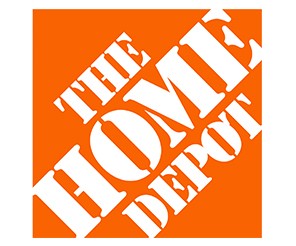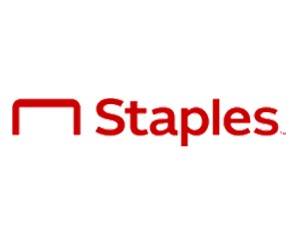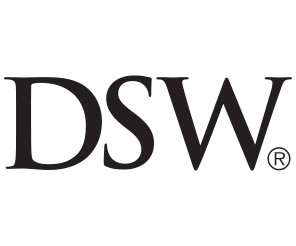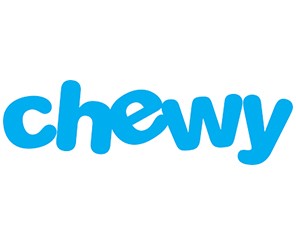US Markets Loading...
h
m
s
Mark Zuckerberg laid out 3 ways Meta will make money from its huge AI investments
The Meta CEO is spending massively on AI. In a call with analysts, he explained how these huge investments can pay off in the future.
Millennials are suddenly rich
It turns out that, after killing off brands and choosing avocado toast over homeownership, millennials are getting wealthy.
Legal woes pile up for Trump allies: Giuliani, Meadows, and more indicted in Arizona election interference case
Former President Donald Trump appears to be listed as an unindicted coconspirator.
'Americans just work harder' than Europeans, said the CEO of Norway's $1.6 trillion oil fund
Nicolai Tangen said European companies aren't innovating as quickly as American ones, as he spoke of Norges Bank pushing into US equity investment.
Video
New Episodes This Week
Ukraine says it caught a man trying to escape the country by paddling on an inflatable mattress to Moldova
The 39-year-old Dnipro resident was trying to paddle his way on the Dniester after paying someone $4,200 to coordinate his crossing, per officials.
I'm a dietitian on the Mediterranean diet. Here are 12 things I'm buying at Target right now.
As I dietitian on the Mediterranean diet who doesn't love to cook, I love Target for easy meals and staples. Here's are the best products right now.
I'm a working mom who enjoys solo travel. I've learned how to keep myself from spiraling into mom guilt while I'm away.
As a working parent, Spriha Srivastava often has mom guilt when traveling. She now enjoys trips after dealing ways to deal with it.
Even Gwyneth Paltrow is worried about becoming an empty nester
"My identity has been being a mother," Gwyneth Paltrow said during an "Ask Me Anything" session at her 11th In Goop Health summit over the weekend.





